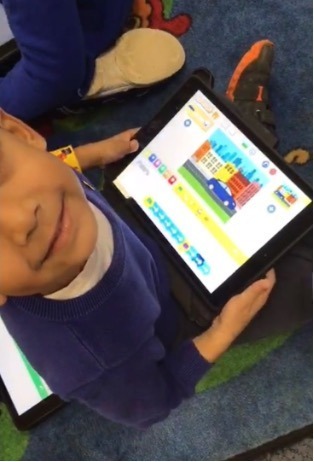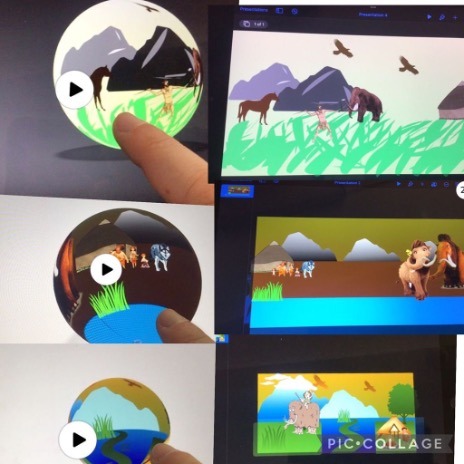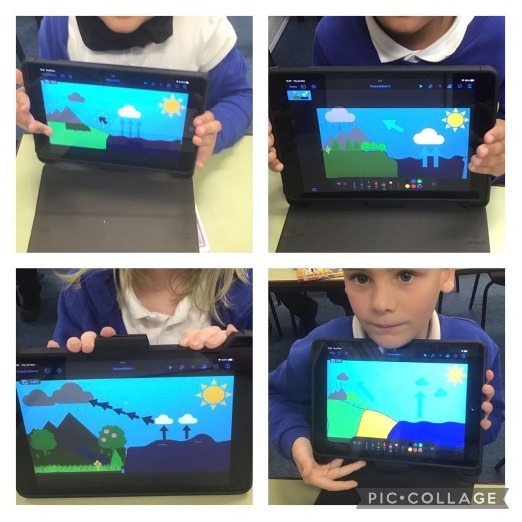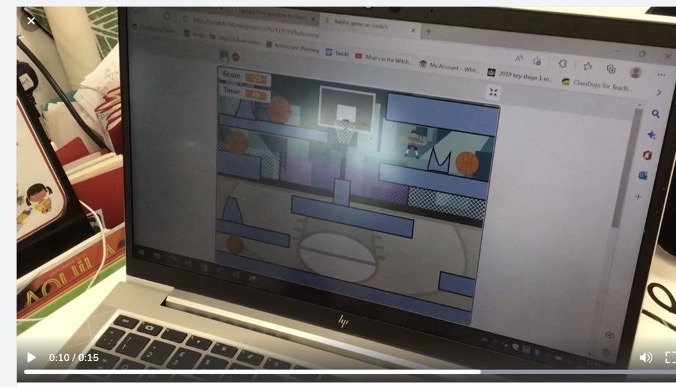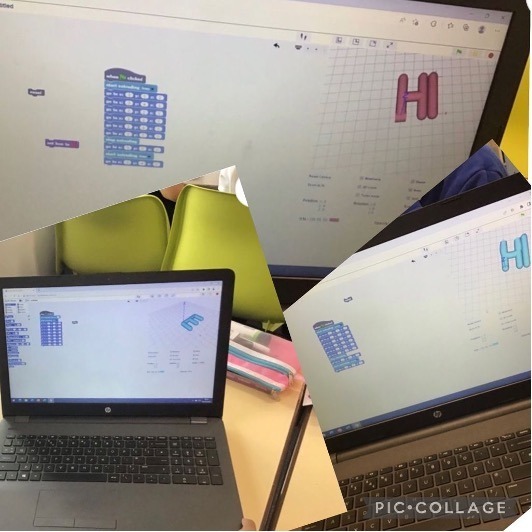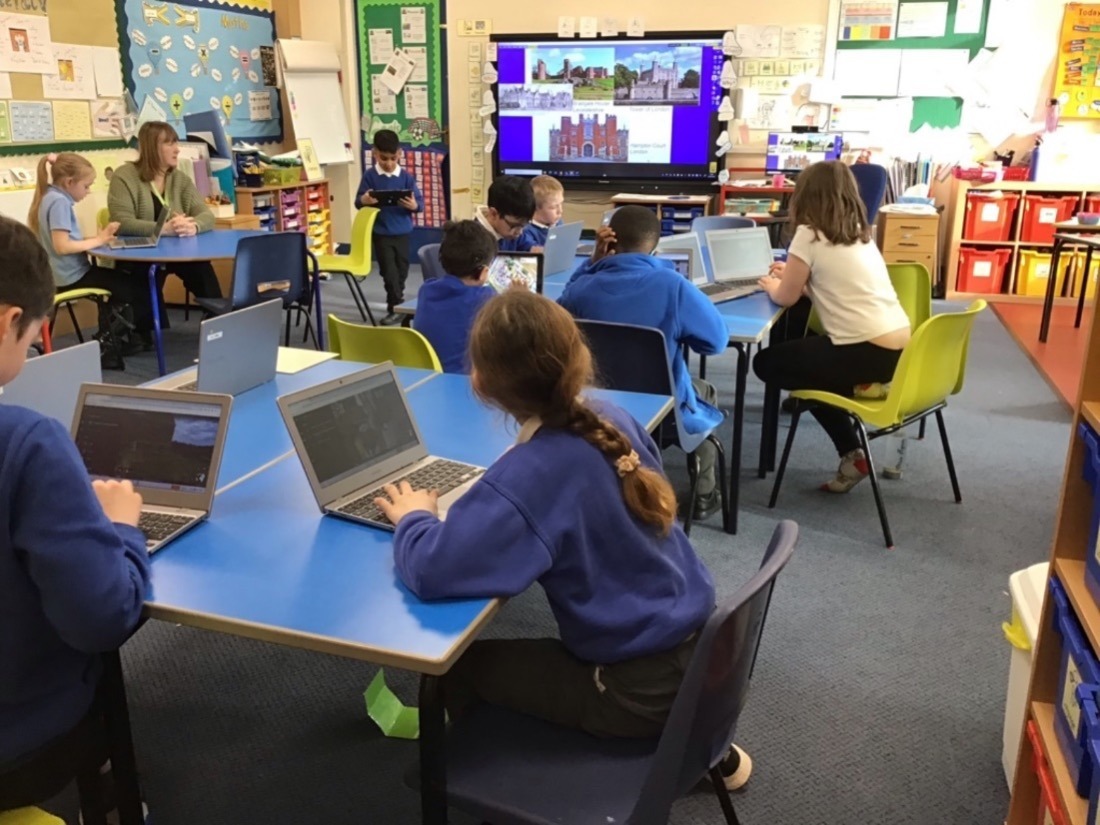At our school we want pupils to be MASTERS of technology, and not slaves to it. Technology is everywhere and will play a pivotal part in students’ lives. Therefore, we want to model and educate our pupils on how to use technology positively, responsibly, and safely. We want our pupils to be creators not consumers and our broad curriculum encompassing computer science, information technology and digital literacy reflects this. We want our pupils to understand that there is always a choice with using technology and as a school we utilise technology (especially social media) to model positive use. We recognise that the best prevention for a lot of issues we currently see with technology/social media is through education. Building our knowledge in this subject will allow pupils to effectively demonstrate their learning through creative use of technology. We recognise that technology can allow pupils to share their learning in creative ways. We also understand the accessibility opportunities technology can provide for our pupils. Our knowledge rich curriculum has to be balanced with the opportunity for pupils to apply their knowledge creatively which will in turn help our pupils become skilful computer scientists. We encourage staff to try and embed computing across the whole curriculum to make learning creative and accessible. We want our pupils to be fluent with a range of tools to best express their understanding and aim for Upper Key Stage 2 children to have the independence and confidence to choose the best tool to fulfil the task and challenge set by teachers.
E- Safety
From an early age, today’s children are being exposed to a wide variety of interactive media, from television to the internet, from mobiles to tablets; our children are being born into an increasingly digital world. We therefore see E-Safety as a central focus of all Computing learning and as such E-safety is taught from Foundation Stage through to Year 6 to ensure children know how to stay safe online. We begin the year with a pupil survey questioning their E-Safety knowledge, which then shapes the focus for the rest of the year. Across the year there are further quizzes that cover the different aspects within ESafety ensuring we are discussing and challenging children in depth, providing a safe space for the children to reflect and discuss. The quizzes are adopted from the Project Evolve scheme that directly address the 330 statements included in the Education for a Connected World DfE document. We recognise ESafety is important, and a good education is crucial, so we therefore use our e-safety posters at the start of every computing lesson so that there is a consistent message weekly, and children have a clear visual which might help them when making decisions online. Then through assemblies, lessons and workshops, we survey again at the end of the year to demonstrate the progress made. ESafety is also covered by our PSHE scheme using Kapow and within our ICT MR P curriculum. We feel this triangulation offers our children increased knowledge and consequently safety.
Parent and Community Links
At our school this year we aim to support parents in keeping their children safe online. We have a regular update through our school newsletter on possible and local issues reported about online safety. During coffee mornings we aim to spread our messages and offer informative support.
Subject Policies/Plans
E-Safety Curriculum Thurnby Mead
ICT MR P Computing Year Group Overviews
Subject Leader/s
Ms J Lonsdale


